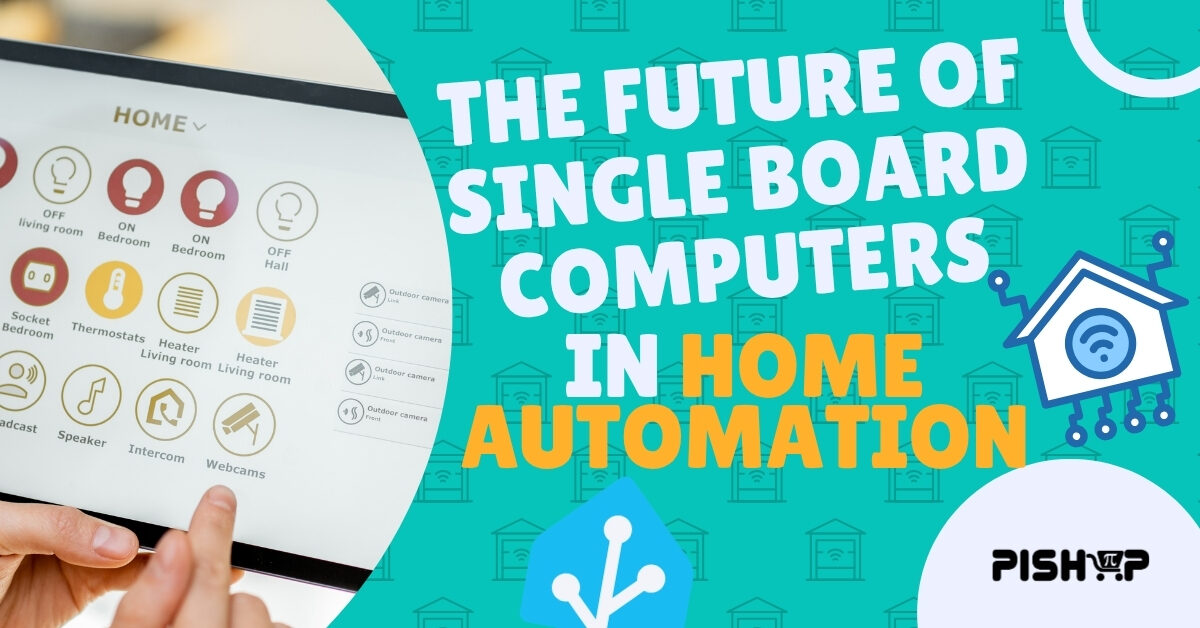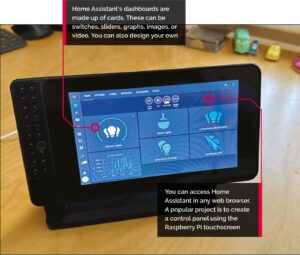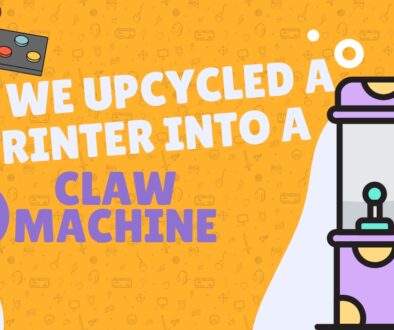The Future of Single Board Computers in Home Automation
Home Automation, PiShop, Platforms, Projects, Raspberry Pi, Resources, Tutorial home assistant, raspberry pi, sensors, smart home, Tech 0
The Current Landscape: Why SBCs Matter Now
Smart Homes promise us seamless automation but often gifts us with complexities such a brand- lock-ins, recurring costs and data privacy concerns by forcing you to use cloud servers. This is why the SBC is rapidly moving from the workbench to core infrastructure from smart sensors to smart home hubs. As we covered in our last article “A beginners guide to choosing your first SBC”, A single-board computer (SBC) is a complete mini-desktop PC and is usually best for running a full OS (Linux), web servers, media centers, retro-gaming, and complex software. What makes an SBC perfect for Smart Homes and Automation.
1. Cost-effective
They offer powerful computing at a fraction of the cost of a dedicated mini-PC. As of posting a Raspberry Pi 5 4GB costs R1259.91 and a Raspberry Pi Zero 2W R324.90. It’s a a pretty significant price difference between other main stream smart home hubs.
2. Flexibility & Open Source
Being able to run for Linux distributions and open-source automation platforms (Home Assistant or OpenHAB) gives us as the users a lot of freedom, control over our home and are pretty straight forward to setup. We’ve done some tutorials on this topic on our blog, check the links below.
3. Small Footprint
SBCs are small, and easy to hide and integrate directly into infrastructure. Raspberry Pi 5 sitting at 85 mm by 56 mm and the Raspberry Pi Zero 65mm by 30m. Having some incredibly manageable sizes.
Thinking of a smarter, simpler smart home? This guide shows you how to connect your Tapo devices to Home Assistant, an open-source platform that centralizes control and enhances automation. Learn how to ditch multiple apps and gain full control over your smart home for better privacy and convenience. Dive into the article to see how easy it is to set up!
Key Trends Driving SBC Integration
As Single Board Computers move further into mainstream home automation, we’ve noticed some 3 key trends driving them. A bigger demand for privacy, self-hosting/ incorporating AI into daily life, and the need for universal interoperability.
The Privacy Imperative
SBCs enable a paradigm shift to edge computing. Edge computing brings the processing power and data analysis to the “edge” of the network—that is, inside your home.
-
Zero-Cloud Dependency: When running Home Assistant or similar platforms on an SBC, all automation logic, device states, and sensor data remain local and gets rid of the intrusive third-party service collecting your data.
-
Reduced Latency: Triggering light switches or other sensors can be more efficient by skipping having to travel across the internet and back making the response instantaneous .
Smart Automation with on-device AI/ML
SBCs aren’t simple processors anymore and are rapidly evolving into miniature AI engines. The latest boards feature increased computational power and specialized hardware that allows complex Machine Learning models to run directly on the device.
-
Dedicated AI Hardware: Many new SBC architectures now include Neural Processing Units (NPUs) or use the onboard GPU for acceleration. This hardware is optimized for running inference (applying an existing ML model), allowing for intelligent decision-making with a simple board. Check out the AI HAT for the Raspberry Pi 5 if you’re interested.
-
Advanced Local Processing: This capability opens the door for truly “smart” automation:
-
Intelligent Security: Local object recognition to differentiate between a person, a car, or a neighborhood pet in a camera feed, greatly reducing false alarms.
-
Predictive Maintenance: Analyzing energy consumption or device performance data to predict equipment failure before it happens.
-
Voice Processing: Running local, low-latency wake word detection and basic command processing, keeping your voice data private.
-
Where we see SBCs heading
What will these boards look like and do in the next few years?
- More Powerful and Efficient: We expect some significant leaps in processing power (CPU/GPU) and memory (RAM), while maintaining low power consumption, crucial for always-on home servers.
- Integrated Wireless Technology: Better, more stable integrated Wi-Fi 6/7.
- Dedicated AI Accelerators: The inclusion of Neural Processing Units (NPUs) or dedicated AI chips to handle complex ML tasks more efficiently, further cementing their role as local processing powerhouses.
- Modular and Specialized Boards: A move toward more specialized SBCs designed for specific automation roles (e.g., extremely low-power boards for sensors, high-power boards for media servers/security).
Conclusion
SBCs are an ever-evolving technology and has become the foundation for the next generation of smart homes. By adopting an SBC as your central hub, homeowners/hobbyists aren’t just investing in a convenient product, but independence and control over your own home. Do you have your own home assistant setup? How does it compare to having it connected to a mainstream alternative such as Google or Amazon services?
If you enjoyed this read then check out the rest of our blog for other conversations and tutorials in the smart home space!






